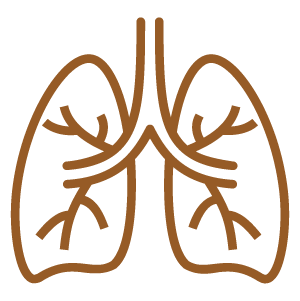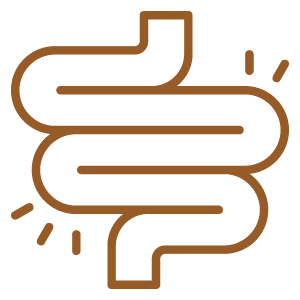Akhondzadeh, S., Noroozian, M., Mohammadi, M., Ohadinia, S., Jamshidi, A.H., & Khani, M. (2003). Salvia officinalis extract in the treatment of patients with mild to moderate Alzheimer’s disease: A double blind, randomized and placebo-controlled trial. Journal of Clinical Pharmacy and Therapeutics, 28(1), 53–59. https://doi.org/10.1046/j.1365-2710.2003.00463.x
Beheshti-Rouy, M., Azarsina, M., Rezaie-Soufi, L., Alikhani, M.Y., Roshanaie, G., & Komaki, S. (2015). The antibacterial effect of sage extract (Salvia officinalis) mouthwash against Streptococcus mutans in dental plaque: A randomized clinical trial. Iranian Journal of Microbiology, 7(3), 173-177. https://www.ncbi.nlm.nih.gov/pmc/articles/PMC4676988/
Bommer, S., Klein, P., & Suter, A. (2011). First time proof of sage's tolerability and efficacy in menopausal women with hot flushes. Advances in Therapy, 28(6), 490-500. https://doi.org/10.1007/s12325-011-0027-z
Grieve, M. (1971). A modern herbal (Vol. 2). Dover Publications. (Original work published 1931)
Hubbert, M., Sievers, H., Lehnfeld, R., & Kehrl, W. (2006). Efficacy and tolerability of a spray with Salvia officinalis in the treatment of acute pharyngitis – A randomised, double-blind, placebo-controlled study with adaptive design and interim analysis. European Journal of Medical Research, 11(1), 20-26. https://europepmc.org/article/MED/16504956
Kennedy, D. O., Pace, S., Haskell, C., Okello, E. J., Milne, A., & Scholey, A. B. (2006). Effects of cholinesterase inhibiting sage (Salvia officinalis) on mood, anxiety and performance on a psychological stressor battery. Neuropsychopharmacology, 31(4), 845-852. https://doi.org/10.1038/sj.npp.1300907
Kianbakht, S., Abasi, B., Perham, M., & Hashem Dabaghian, F. (2011). Antihyperlipidemic effects of Salvia officinalis L. leaf extract in patients with hyperlipidemia: A randomized double-blind placebo-controlled clinical trial. Phytotherapy Research, 25(12), 1849-1853. https://doi.org/10.1002/ptr.3506
Mars, B. (2007). The desktop guide to herbal medicine. Basic Health Publications.
McIntyre, A. (2019). The complete herbal tutor. Aeon.
Radulović, N. S., Genčić, M. S., Stojanović, N. M., Randjelović, P. J., Stojanović-Radić, Z. Z., & Stojiljković, N. I. (2017). Toxic essential oils. Part V: Behaviour modulating and toxic properties of thujones and thujone-containing essential oils of Salvia officinalis L., Artemisia absinthium L., Thuja occidentalis L. and Tanacetum vulgare L. Food and Chemical Toxicology, 105, 355–369. https://doi.org/10.1016/j.fct.2017.04.044
Romm, A. (2010). Botanical medicine for women’s health. Churchill Livingstone.
Scholey, A. B., Tildesley, N. T. J., Ballard, C. G., Wesnes, K. A., Tasker, A., Perry, E. K., & Kennedy, D. O. (2008). An extract of Salvia (sage) with anticholinesterase properties improves memory and attention in healthy older volunteers. Psychopharmacology (Berl), 198(1), 127-139. https://doi.org/10.1007/s00213-008-1101-3
Vandecasteele, K., Ost, P., Oosterlinck, W., Fonteyne, V., De Neve, W., & De Meerleer, G. (2012). Evaluation of the efficacy and safety of Salvia officinalis in controlling hot flashes in prostate cancer patients treated with androgen deprivation. Phytotherapy Research, 26(2), 208-213. https://doi.org/10.1002/ptr.3528













